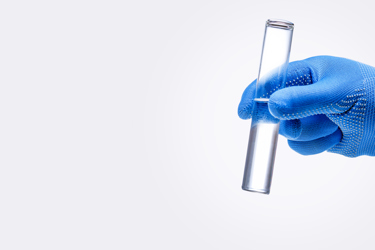COVID-19 Testing Leads To Wastewater Analysis Equipment Shortage


Wastewater analysis has been leveraged as a powerful tool for monitoring and potentially controlling the worldwide spread of the novel coronavirus. But now, it appears that this effort may have created a supply chain issue.
“As more cities try to implement wastewater-based epidemiology, they need to stock up on new gear — including autosamplers, the machines that collect tiny amounts of sewer water from a manhole so it can be analyzed,” Quartz reported. “So many public and private research groups have placed orders for these devices, in fact, that the demand has led to shortages and shipping delays.”
For instance, Teledyne ISCO, a major autosampler manufacturer, reportedly saw a 50 percent spike in sales of the devices following the U.S Centers for Disease Control and Prevention announcement of a forthcoming wastewater monitoring network to help control the spread of COVID-19.
Autosamplers, which can vary in design, have been used in the wastewater treatment industry for years. Oftentimes, they are permanent fixtures in sewer systems.
Wastewater monitoring can detect traces of the coronavirus left behind by people who have not yet developed COVID-19 symptoms, making it a relatively cost-effective method for predicting where outbreaks might next occur. But with a limited number of manufacturers who make the necessary equipment, the practice has started to strain supplies, and that could mean its benefits aren’t realized as fully as they should be.
“Most communities won’t see the benefit of wastewater monitoring in the short term,” per Quartz. “Companies are still overcoming demand pressures and shortages, and researchers and other public health officials are still collaborating with the best ways to collect and use wastewater data.”
But there could still be long-term benefits to the advent of wastewater monitoring for predicting virus outbreaks, once the equipment shortage is figured out. The U.S. could eventually be in a position to pull all kinds of helpful data from sewage.
“Researchers have been scouring wastewater for remnants of poliovirus and opioids for years, but only on a community-level basis,” Quartz reported. “What if there were a national system in place to monitor wastewater for all kinds of biological indicators?”
To read more about the equipment needed to monitor wastewater, visit Water Online’s Wastewater Analysis Solutions Center.
